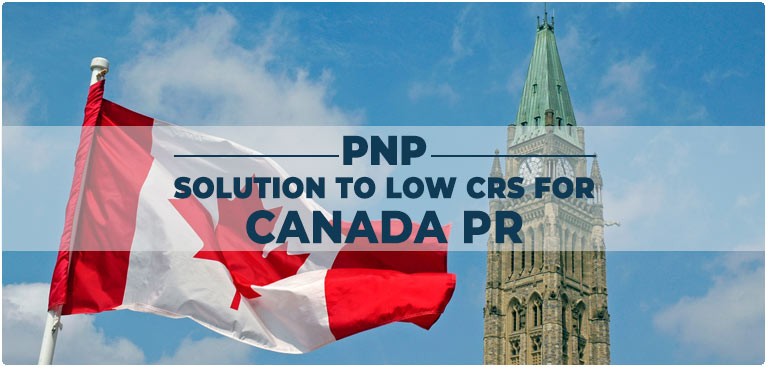
An Insight Into Express Entry’s Invitation to Apply (ITA) for 2025
This blog shares what to expect from the 2025 Express Entry draw schedule and how IRCC plans to resonate with Canada’s 2025-2027 Multi-Year Levels Plan. Prospective immigrants who want to secure permanent residency (PR) as a skilled worker or a Francophone candidate should stay aware of the schedule and prepare their applications accordingly. IRCC shared the Express Entry ITA schedule via an internal memo, thanks to Calgary-based RCIC and law student Mandeep Lidher, who obtained it through an Access to Information request.
2025 Express Entry Draw: What Does the Memo Say?
The memo conveys what to expect from the 2025 Express Entry ITA schedule. Let’s break it down for you.
Supports 2025-2027 Multi-Year Levels Plan
The schedule aligns with Canada’s 2025–2027 Multi-Year Levels Plan. Notably, many late-2025 draws will count toward 2026 immigration targets, due to processing and landing timelines.
To help provinces and territories coordinate their efforts, IRCC will share a three-month advance outlook, detailing:
- Expected draw weeks
- Types of rounds planned
- Projected minimum CRS scores for the next two months (subject to operational changes)
Takeaway:
Timing and coordination matter. Applicants should monitor upcoming draws and align their strategies with both federal and provincial timelines. Focus on higher CRS scores and increase your chances of getting an ITA.
Prioritizes Francophone Admissions
IRCC has set a target of 8.5% Francophone admissions in 2025 (outside Quebec), acknowledging that 87% of Francophone candidates live abroad.
As part of this goal:
- 18,500 ITAs were issued in French-language proficiency draws over an initial eight-week period.
- On August 8, 2025, a French-language draw delivered 2,500 ITAs with a minimum CRS score of 481.
These French draws often feature lower CRS cut-offs (as low as 379 earlier in 2025), offering a unique pathway for candidates with strong French skills.
Takeaway:
Your proficiency in French can increase your chances of obtaining PR in Canada. So, you can take a language test to boost your CRS score by up to 50 additional points with your French skills.
Focuses on Category-Based Draws: Education, Healthcare, Trades
IRCC’s memo also spotlights plans for more category-based draws, especially for Education, Healthcare, and Trades. This reflects Canada’s evolving job and economic needs.
Here’s the allocation status for 2025:
| Category | Planned ITAs | Issued So Far | Remaining |
| Education | 3,000 | 1,000 | 2,000 |
| Healthcare | 8,000 | 7,500 | 500 |
| French-Proficiency | 18,500 | 21,000 | 0 |
| Trades | 3,300 | 0 | 3,300 |
Why it matters: Candidates in these fields may become prime contenders for upcoming rounds. So preparing a strong profile in advance is key. So, whether you are in healthcare, trades or education, make sure your profile aligns with the above-mentioned categories.
Emphasizes Federal Economic Priorities & In-Canada Focus
The 2025 schedule emphasizes Federal Economic Priorities and an In-Canada Focus, aiming to attract skilled workers who can address labor shortages and integrate quickly into the Canadian economy.
For in-Canada applicants, particularly those under the Canadian Experience Class (CEC), this focus is encouraging. Candidates with Canadian work experience or education often receive higher CRS scores, making them competitive in both general and category-based draws.
Takeaway:
If you’re already in Canada on a work permit or study permit, leverage your Canadian experience to boost your CRS score. Consider exploring Provincial Nominee Programs (PNPs), which can add up to 600 CRS points, significantly increasing your chances of receiving an ITA.
Highlights Transparency with Stakeholders
The memo highlights IRCC’s commitment to transparency by sharing a three-month ITA plan with provinces and territories.
This plan includes expected draw weeks, round types, and projected CRS cut-off scores, helping stakeholders plan their nominations and support regional labor market needs.
IRCC anticipates a positive reception from provinces and territories, as the schedule provides predictability and aligns with their nomination planning. To strengthen this, the IRCC People and Communications Sector is preparing clear media responses to address questions.
Takeaway:
The three-month plan means you can anticipate upcoming draw trends instead of guessing. Regularly check official IRCC channels or coordinate with an immigration consultant to stay informed and time your application strategically.
Steps to Prepare for the Next Express Entry Draws in 2025
- Create your profile in the Express Entry pool. If you already have one, update the information.
- Take the necessary steps to increase your CRS score like language tests, Educational Credential Assessment (ECA) and additional work experience.
- Take a look at Provincial Nominee Programs (PNPs)
- Consult a professional immigration consultant in Canada.
Final Thoughts
The 2025 Express Entry schedule is more than a calendar. It’s a roadmap of Canada’s immigration priorities. By focusing on federal economic needs, supporting Francophone growth, and improving transparency, IRCC is signalling the type of candidates it wants to welcome.
Whether you’re a skilled professional abroad, a Francophone, or a CEC candidate already in Canada, now is the time to fine-tune your Express Entry profile and align it with Canada’s evolving immigration landscape.
Categories
Quick Contact
Get in touch
If You need any helps, Please feel free to Contact Us
3655-99 street NW, Edmonton, Alberta. T6E 6K5






